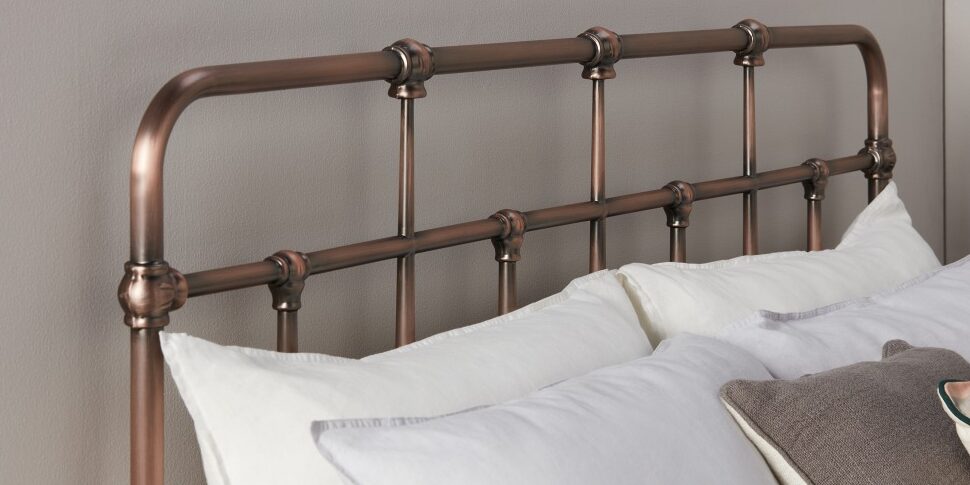
A new study has found that copper hospital beds in ICUs harbored an average of 95 percent fewer bacteria than conventional hospital beds.
Findings published in “Applied and Environmental Microbiology,” stated that not only was the copper intervention superior in effectiveness at controlling burden within the built environment, but because it is the only adjunct to act continuously, actively killing bacteria 24 hours/day and only adding a modest increase to the environmental services/infection control Budget, it is anticipated that the value delivered by this intervention to the infection control bundle warrants further studies to assess its impact on healthcare-associated infections (HAI) rates ultimately leading to consideration for its adoption.
“Hospital-acquired infections sicken approximately 2 million Americans annually, and kill nearly 100,000,” the study’s co-author said.
Notably, beds are thought to be among the most contaminated surfaces in hospitals.
In this study, the infection control properties of hospital beds were enhanced by encapsulating all of their near-patient surfaces with an US-EPA-registered copper coating and foil.
The in situ effectiveness of copper, as an antimicrobial intervention for controlling the microbial burden on bed surfaces was previously established by 3 distinct clinical trials; conducted in ICUs at three tertiary medical centers; a pediatric ICU, and a medical/surgical unit at a community hospital.
On average, the microbial burden on the bed surfaces tested was reduced by over 94% to levels observed on the equivalent control, plastic beds.


